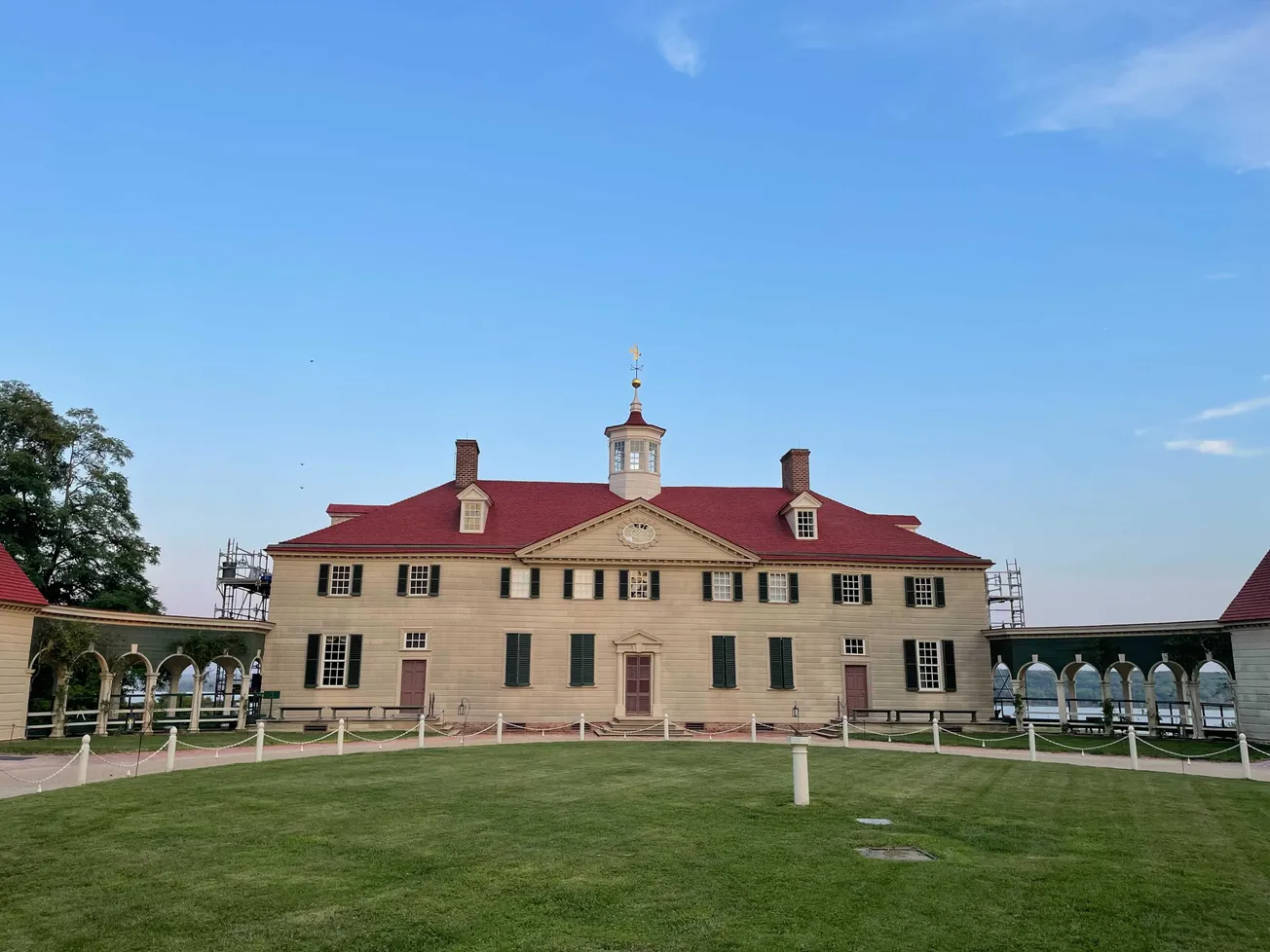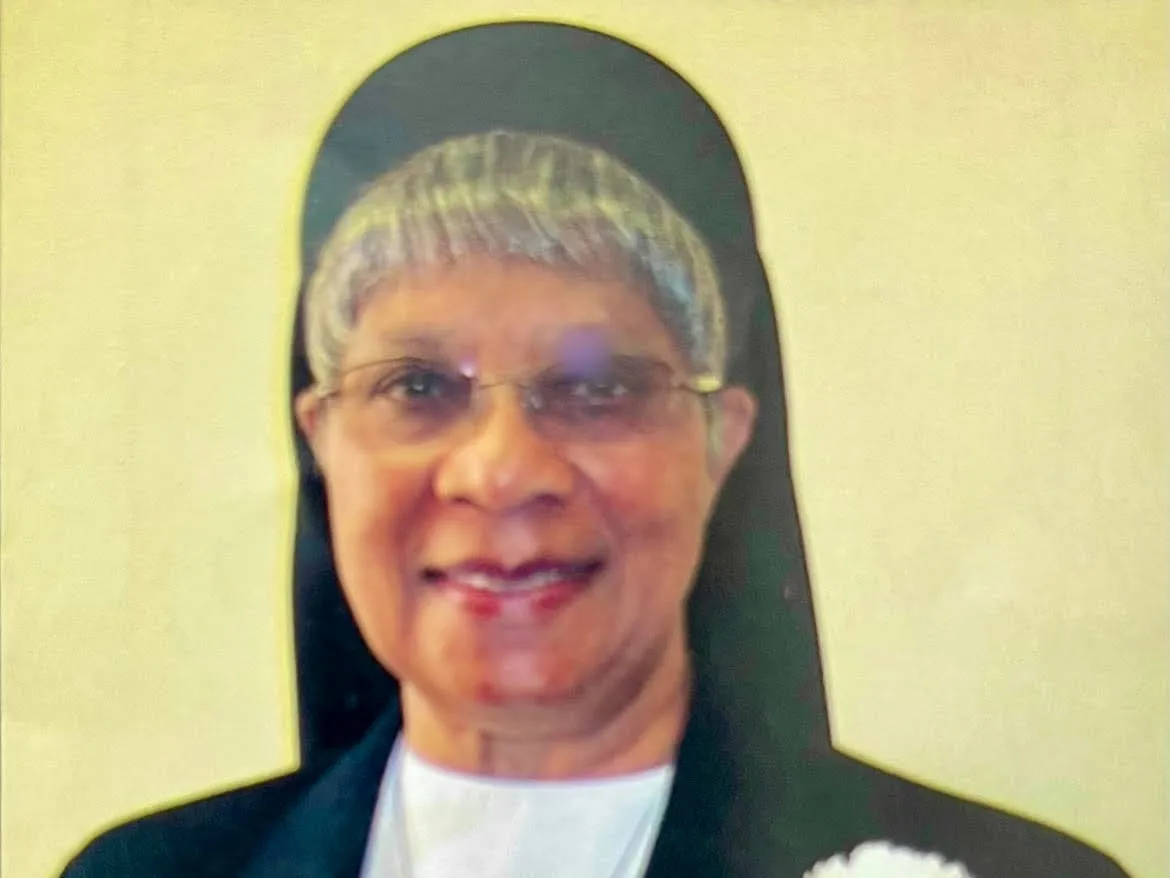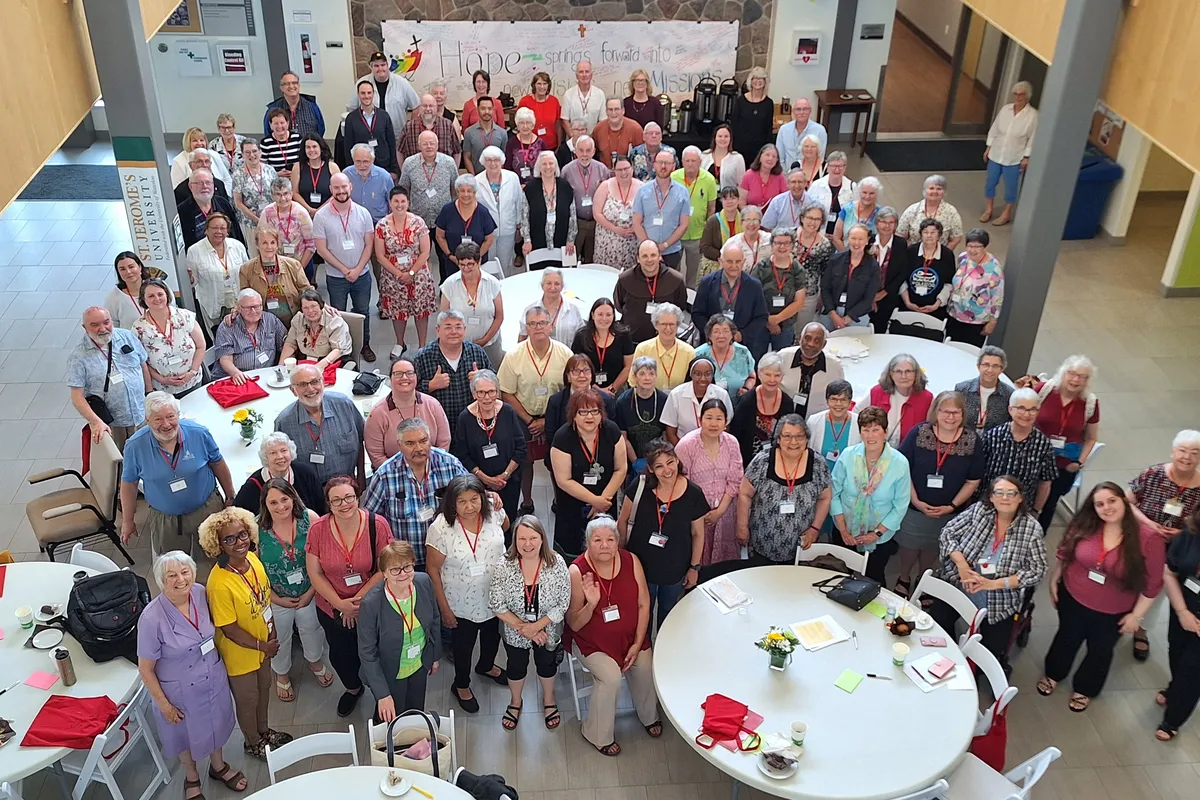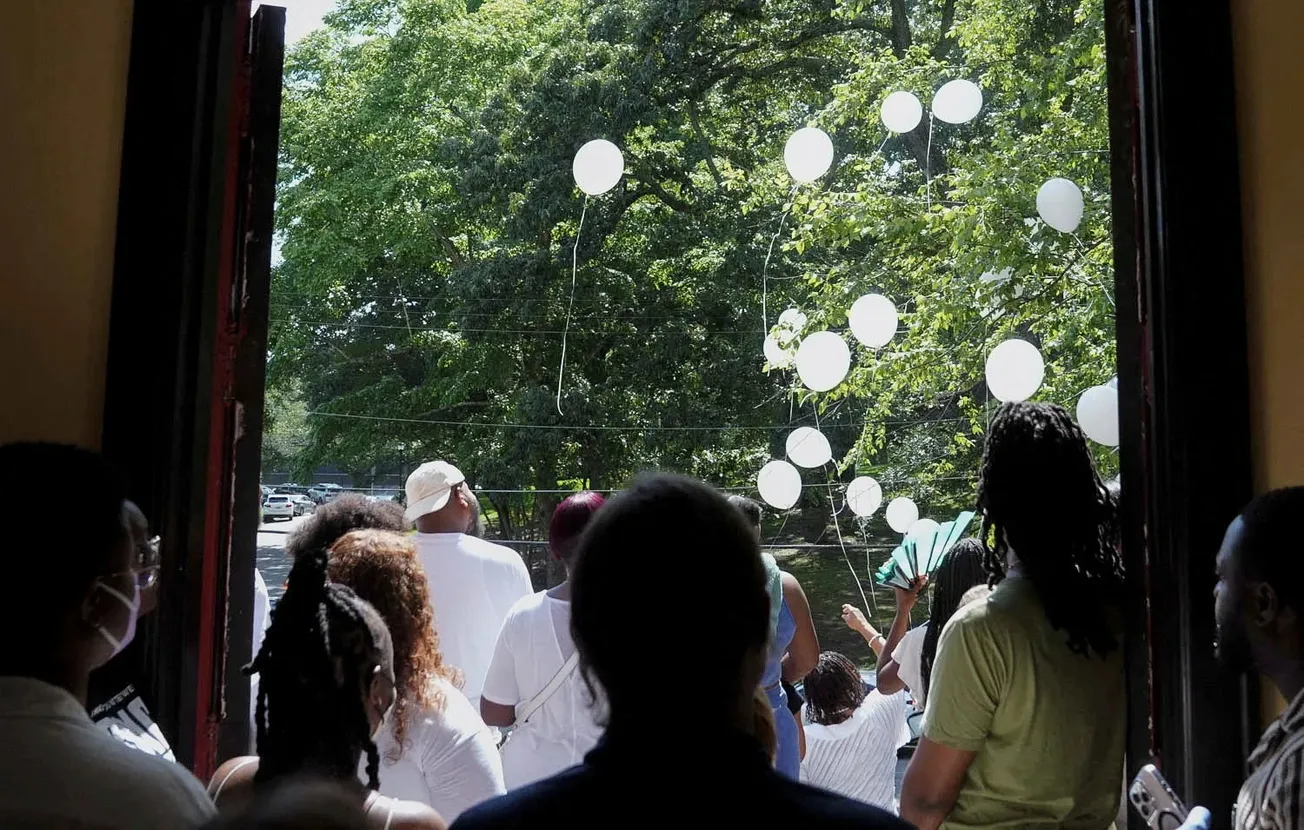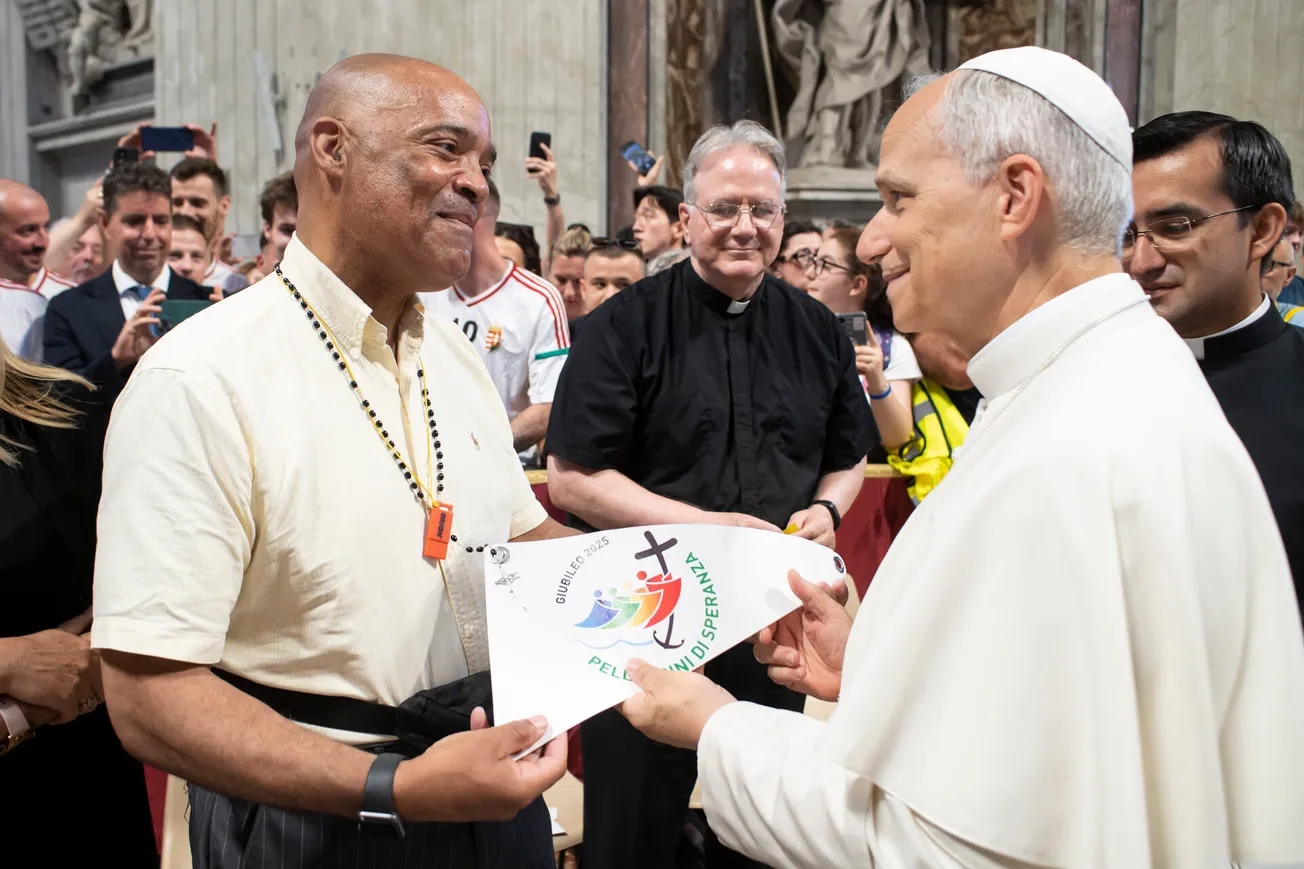I visited an American plantation for the first time this August.
While I was expecting to be confronted with evil, I was not prepared for the emotional weight of being there. It was a feeling compounded by the fact that, for many, this plantation was a beacon of freedom—a place that styles itself “George Washington’s Mount Vernon”. I went with a group for an organized evening tour offered by the owners.
I was the only Black person.
As we walked up the entrance path some of the first buildings we encountered were the cells for the enslaved. The guide dutifully pointed them out and explained that these were only some of the living quarters. Apparently, 317 enslaved people were imprisoned on this land—mostly women. Forty-three of these souls were “rented” by the Washingtons.
After these basic facts were shared, the guide moved on and the group followed, with more facts being shared. I’m not sure what was said. I lingered with these buildings, thinking about the people—people who shared my African blood—forced to live in degraded conditions, imprisoned to make other people rich.
But, if I was to stay with the group, I had to leave them behind. And I did.
While catching up, I walked by the overseer’s house—a much nicer setup than the cells. The guide shared with us the story of the unobstructed view that Washington had the enslaved people create and maintain. We learned about how the facade of his home was built of wood but made to look like stone—all by enslaved men and women. We learned about his favorite ice cream, made by enslaved cooks.
We learned about how Martha managed the household and the enslaved people who worked there, never neglecting her morning and evening prayers from the Book of Common Prayer. We learned that Washington was involved in his local church.
Omitted from the tour was the fact that the Washingtons did not share Christianity with the people they kidnapped and enslaved.
As related by Ona Judge, who famously escaped her enslavement by the Washingtons, it was only after she obtained freedom that she learned about Christianity and became Christian. It was clear that their witness, so to speak, was a poor one, because of their actions against human dignity and how they performed their religious duties.
“Mrs. Washington used to read prayers, but I don’t call that praying.” (Ona Judge, "The Granite Freeman")
We also learned that Washington did not intend to free those enslaved in his name until after Martha was dead. The family decided to accelerate their freedom—but there was a catch: the people the Washingtons enslaved had intermarried with the people Martha had enslaved, and Martha did not free anyone.
I asked, ‘What happened to the families?’
No one knew.
It was time to leave. We passed by the cells again. I stepped inside, tried to soak it all in. The pain, the exploitation, the enduring spiritual strength it must have taken to keep going, build families, and try to escape. As I exited one of the cells, I heard the guide discussing the conditions, and contrasting them to those in the Caribbean.
This captured my interest, as my own ancestors survived Caribbean enslavement—an experience that murdered many others. What angered me was the idea that my ancestors’ experience and torture was being used to soften the story of their brothers and sisters in Washington’s labor camp. I’m sure they do not appreciate being used to excuse the oppression of their brothers and sisters.
I let everyone else walk on. I stayed behind to reflect. However, we were the last group, and to not follow would have meant getting locked in. So I said a prayer for the souls that had been imprisoned there, and walked on, thinking about the Via Dolorosa I had just walked.
As I reflected on this tour, the inability to reframe its narrative struck me. As much as I wanted to make the tour about the enslaved and their survival in the face of oppression from George and Martha, I couldn’t. If I wanted to stay with the tour, I literally had to follow the narrative provided by the caretakers of the plantation: the Mount Vernon Ladies’ Association—founded by Southern enslaver Ann Pamela Cunningham.
Mrs. Cunningham explained their mission thusly:
“Ladies, the home of Washington is in your charge – see to it that you keep it the home of Washington. Let no irreverent hand change it; no vandal hands desecrate it with the fingers of progress. Those who go to the home in which he lived and died wish to see in what he lived and died. Let one spot in this grand country of ours be saved from change. Upon you rests this duty.”
While efforts are made to prick the boil on the tour, it is clear that George Washington is still made the hero of this story. It’s there in the name: “George Washington’s Mount Vernon.” But since the labor of the enslaved was stolen, and since you cannot get good title from theft, it really belongs to the Black people who built it.
That perspective never comes to the foreground on the tour. Not even your presence, your resistance, or starting a conversation—I asked questions of the guide—changed the narrative. No matter what I did, if I wanted to stay with the group, I had to physically follow the narrative—no matter my personal feelings.
I spent days thinking about this. How this place was built by the enslaved, how the women who had the luxury of time to start the association purchased it by the enslavement of others, and how I’m sure much of the money to buy the plantation for preservation was also generated by slavery. The whole thing is a monument to wealth owned by White people but belonging to Black people.
My presence changed nothing about the narrative that exists there to erase this reality. Diversity, dialogue, and resistance all helped me process Mount Vernon, but it didn’t change the tour.
What is Mount Vernon? Is it a metaphor for America? A nation built with Black labor, where the narrative takes you to the ‘big house’, where the exploiters are the heroes and the enslaved are afterthoughts. A place where you can join the tour but never change the narrative. A place where, ultimately, you are not sure if your participation is helping you grow as a person or validating an illegitimate narrative.
Unlike Mrs. Cunningham, I think I only want to understand Mount Vernon in the context of progress. I only want to know about George and Martha Washington from the perspective of those who endured their depredations. America can only redeem itself at Mount Vernon if it becomes “Black America’s Mount Vernon”.
If it becomes a place where the wealth poured into the property could benefit Black children today, if it becomes a place of affordable housing, and safe playgrounds—maybe then I could reconcile Mount Vernon and America. Maybe then, as I think about my ancestors and the enslaved at Mount Vernon, I could believe that—despite all the suffering—real progress was being made. Maybe then, I could believe that I’m really part of the tour.
Until then, I think I’ve visited my last plantation.
Gunnar Gundersen is an attorney in Newport Beach, CA. He serves in his parish council and choir, is a published essayist, and regularly lectures on natural law and the American Founding. He is also the first Ordinariate member of the Knights of Peter Claver. Follow him on Twitter at @GBGundersen.
Want to support our work? You have options.
a.) give on Donorbox!
b.) create a fundraiser on Facebook



